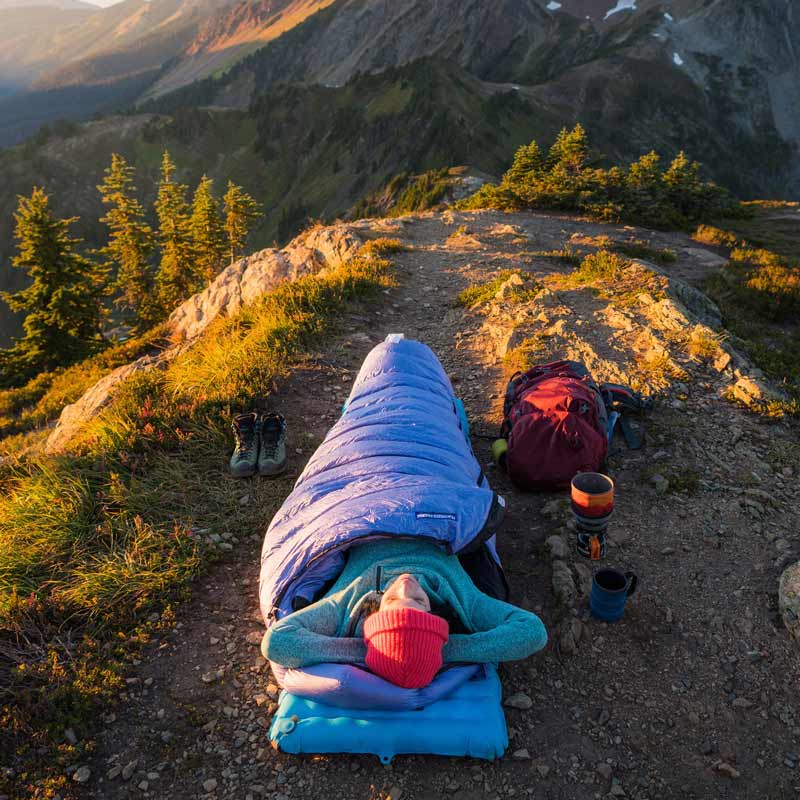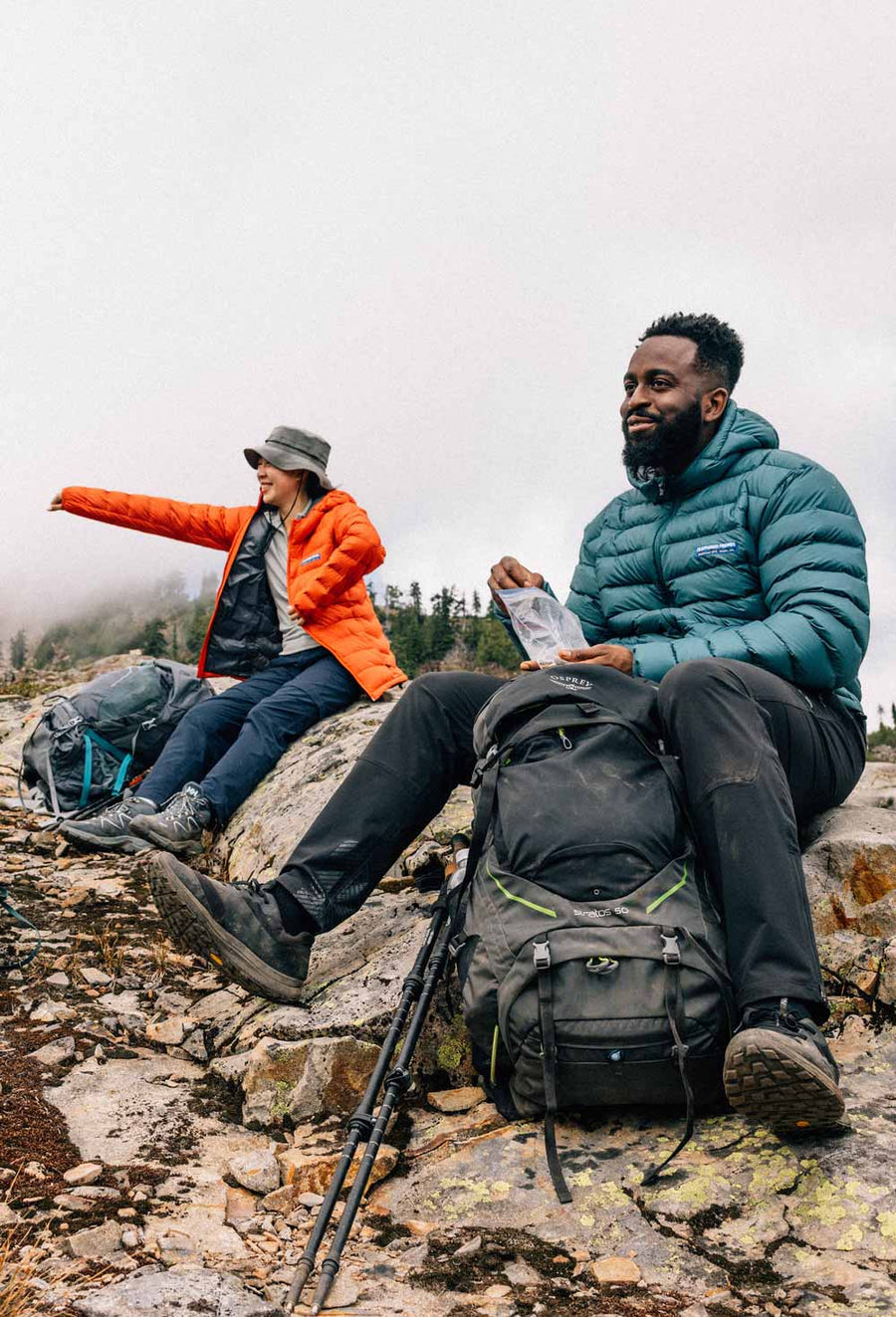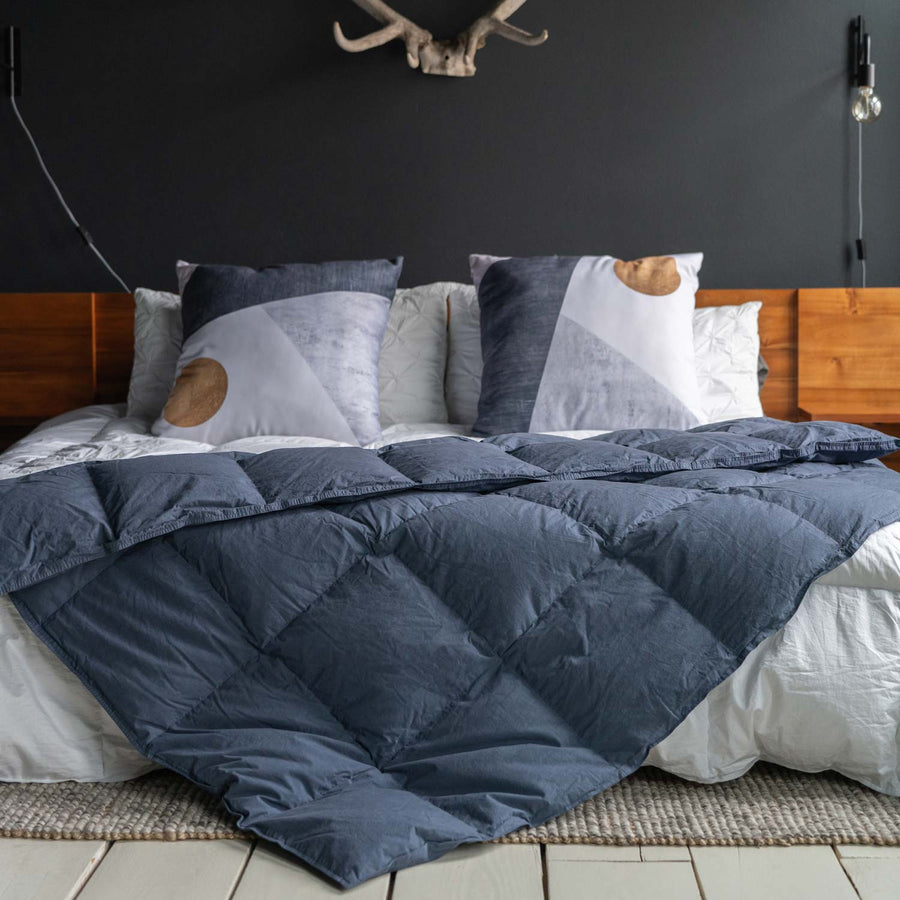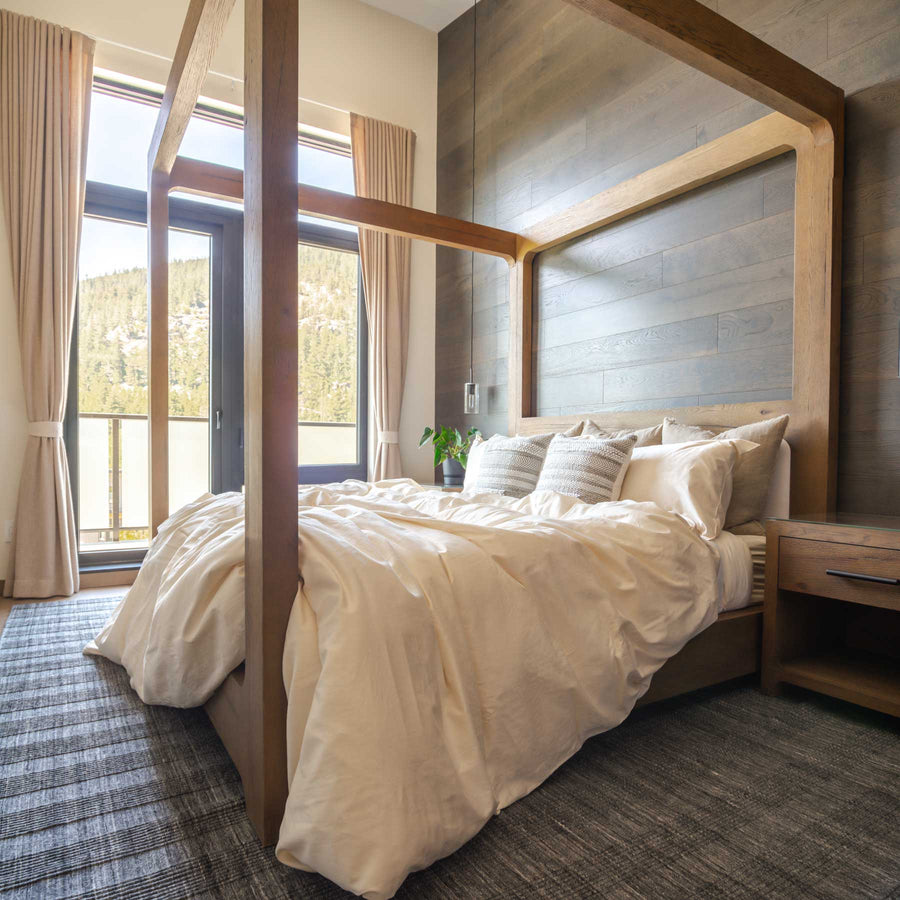Loneliness, Warmth, and Finding Home in South Dakota’s Black Hills

Guest post by Korrin L. Bishop.
A -10 degree night is the kind of cold that settles deep into your bones and finds a way to creep into your heart. A chill in the heart serves to over-activate the brain, and left unchecked, can spiral into loneliness, anxiety, and depression. Luckily, the antidote is fairly simple—warmth.
I moved to South Dakota’s Black Hills late last year with my boyfriend. Shortly after our move, we learned he’d have to leave for a 4 month training on the east coast. The day he left, there was snow on the ground, but it didn’t bother me much. While I hadn’t lived in this type of climate before, I was excited for the new scenery and slower pace of life after working for six years in Washington, DC.
Before my boyfriend left, I embarked on a day hike with South Dakota’s chapter of Women Who Hike. Not knowing anyone in the area, it was a gift for me to be able to connect with other outdoor women. Our group stopped at an overlook along the trail, and as many women began taking photos of the scenery, I grabbed my thermos of coffee out of my pack. As I breathed in the sweet, caffeinated aroma, I looked over to see another woman pouring herself a cup, too. I smiled. Coffee first, then photos. This woman’s name was Steph, and she would become my first friend in South Dakota.
Forging friendships takes time, though, and meanwhile, I was settling into icy days that turned dark by 4pm. I tried every blanket in the house to keep warm. I ticked up the thermostat, but it never seemed to fully ease my shivers. Working from home in a small town that more or less shuts down for the off-season, I found myself alone—a lot. The opportunity to enjoy some solitude was sneakily morphing into a gut-wrenching sense of isolation. I found my mind constantly racing, stirring up excuses to feel anxious. I looked at the forecast—a low of 0 degrees, of -1, of -10.
It gets hard to move on a -10 degree night, but the willpower of the soul to survive is a powerful force. Despite the chill, my heart still knew that to move was to live. With snow still on the ground, I asked Steph if she was up for a camping trip.
Summit Ridge Lookout Cabin is located close to South Dakota’s border with Wyoming in Black Hills National Forest. The 5-mile road leading to it is closed during the winter, providing recreationists a unique opportunity to embrace the season. I joined Steph and a few of her friends to backpack up to the cabin. Steph and I put on snowshoes to make the journey; her friends strapped on skis, sleds of gear and firewood harnessed to their hips. We were prepared for an idyllic hike in a winter wonderland.

That idyllic winter wonderland, however, turned out to be more like real life. Sporadic stretches of the road had no snow at all. I grimaced listening to the crunching of our snowshoes over gravel and mud. Other chunks of the road—uphill and steep, of course—had deep snow, but that slushy kind that pulls you 2 feet under with every step. Our skiers’ sleds rolled and toppled through the slog.
The day’s hike wasn’t easy, but neither had been staying home. My fleece pants were covered in snow from many faceplants along the way, but I wasn’t cold. The intensity of the movement and the camaraderie of the expedition was enough to give my brain a break from its constant worrying. That night, Steph and I chose to forgo the cabin and sleep under the night sky on a bed of snow.
Shortly after the trip, I returned to DC to visit dear friends. These friends wrapped me up with love, kindness, and intellectually stimulating conversations. When I returned to South Dakota, freezing rain smashed against my windshield as I drove from the airport to my little town in the hills.
I woke up the next morning with a familiar weight on my shoulders. Staying cocooned in blankets for the day was tempting, but I mustered up the strength needed to put on winter boots and headed out into the snow. I walked up the slopes of Big Rock Park, a 73 acre undeveloped nature area right in the middle of town. Each step was a little victory. I made it up to the park’s summit and looked out at the panoramic views.
As often is the case with trail lessons, I didn’t fully understand what I’d learned on our weekend trek into the Black Hills until I was back in the day-to-day—until I was walking a trail alone, feeling the harshness of South Dakota’s winter wind whip across my face. But, as I stood there, I began to think about people, warmth, and what it means to be home.

I thought of the newly familiar faces getting ready for trivia night down below at The Custer Wolf—faces that made a new town feel a little less lonely. I thought of my friends back in DC who had taken me in. I felt the weight begin to lift off my shoulders. Golden hour was descending upon beautiful Black Hills, and while I knew this moment of peace wouldn’t keep me warm on a -10 degree night camping, it was enough in that moment.
I thought of my upcoming camping trip in Badlands National Park with Steph in celebration of the year’s second blue moon. The trip would turn out to have a fierce and painful wind chill, but at the end of the day, we’d both slip into our fluffy sleeping bags. We’d listen to coyotes sing, talk about life under the glow of a lantern, and I’d sleep soundly through the night, in awe of just how warm a person can be when walking through the cold with a companion.
Korrin L. Bishop is a freelance writer with a focus on the environment, outdoor recreation, and social justice. She has publications in Misadventures, Adventure Journal, and Sierra Magazine. Learn more about her work on her website.








Leave a comment